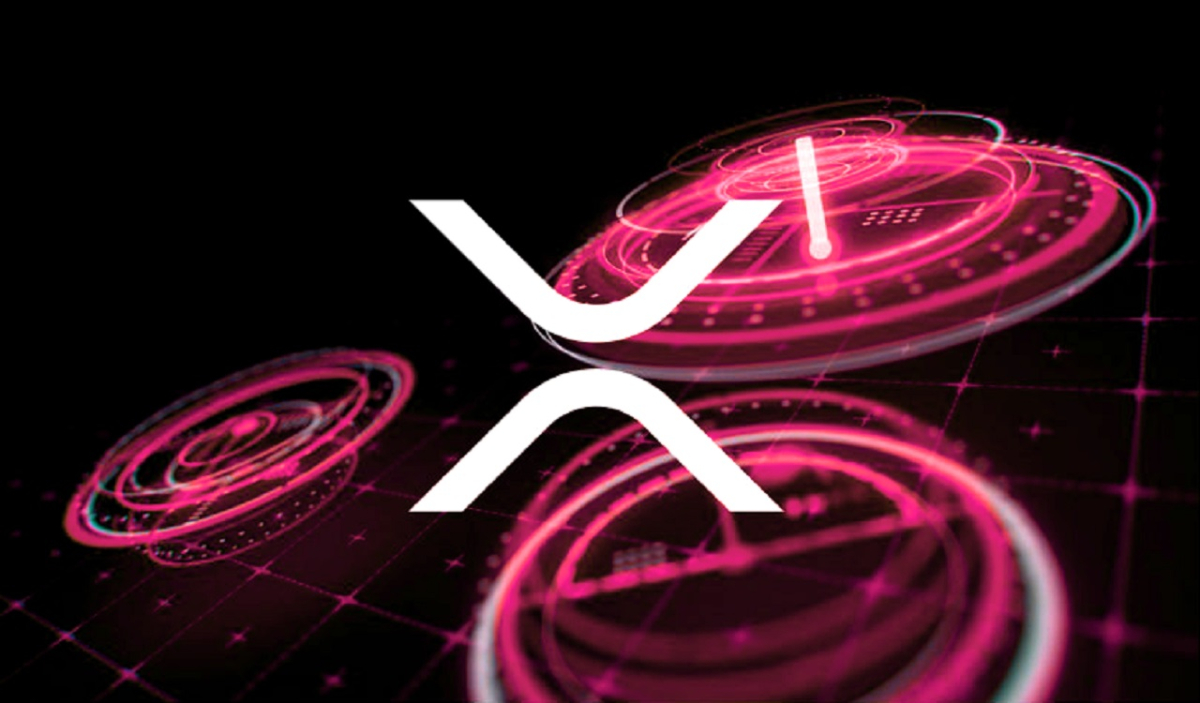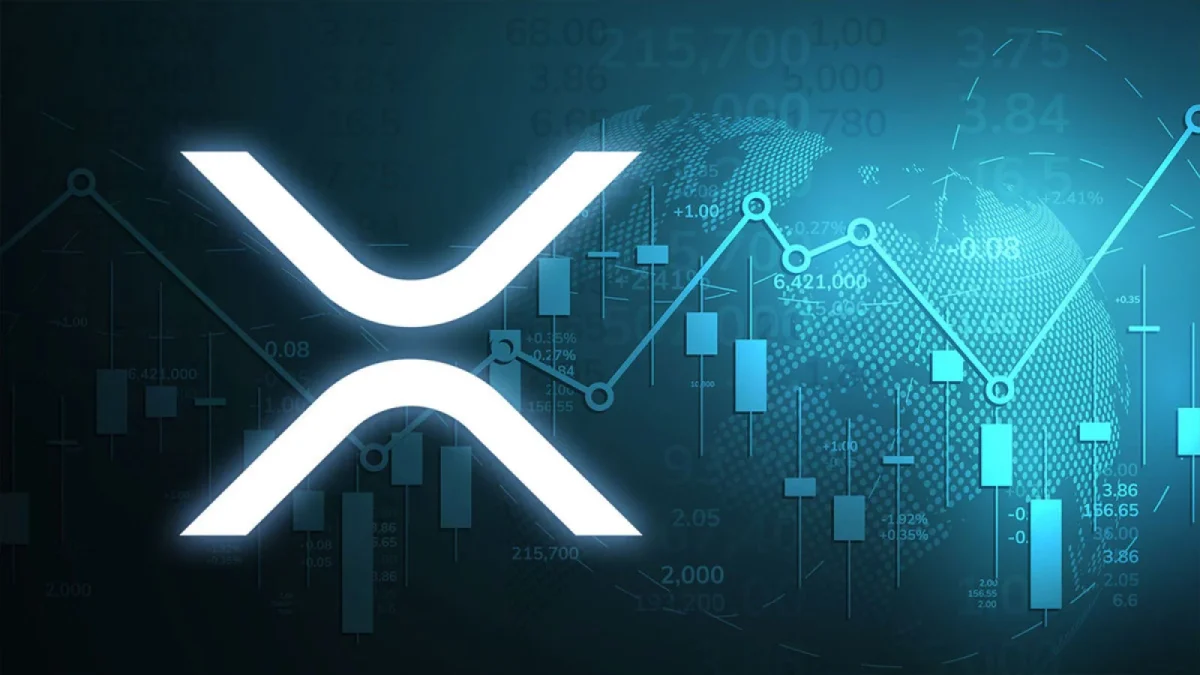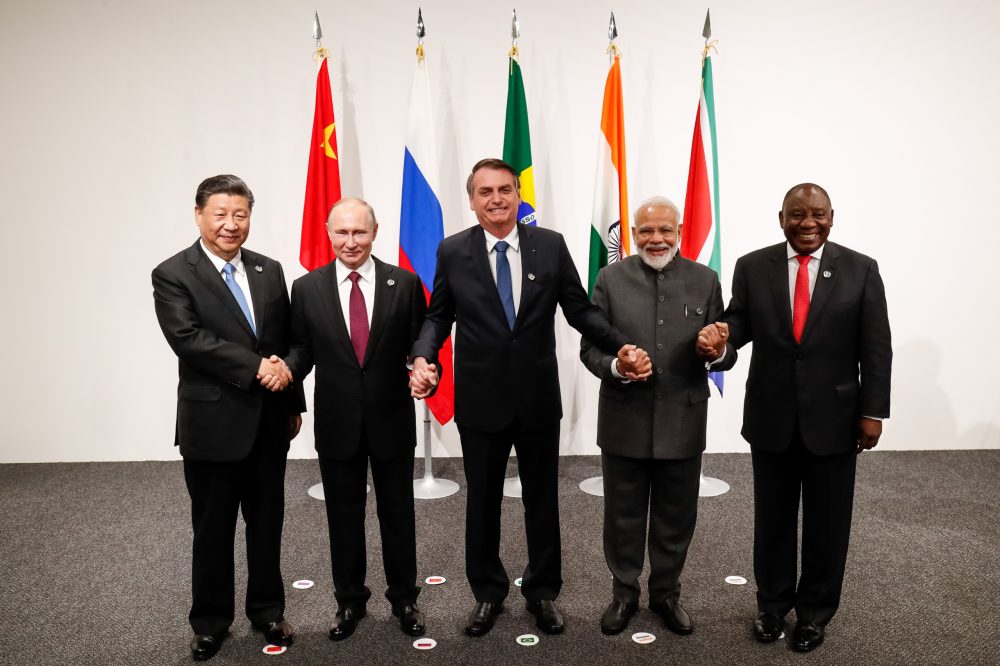There is an intriguing relationship emerging. Blockchain technology of Ripple XRP with BRICS association. In particular, the intersection between XRP Ledger (XRPL) draws attention. Let’s look at the details.
What Is The Relationship Between BRICS and Ripple (XRPL)?
The acronym BRICS is a familiar term that refers to a group of five major emerging economies. Brazil, Russia, India, China and South Africa. His connection to the blockchain space, specifically XRPL, has aroused the curiosity of many. BRICS. the product of a collective effort for economic cooperation. The BRICS alliance represents a joint effort to create a platform for economic cooperation and strategic dialogue among member states.
The rise of the BRICS pic.twitter.com/PNGpChvXSF
— Sprinter (@Sprinter99800) August 23, 2023
The concept was coined by Goldman Sachs economist Jim O’Neill in 2001 to describe emerging markets that are candidates to reshape the global economy. BRICS has been more than just an acronym over the years. Accordingly, economic policy has become a collaborative force that fosters development and cooperation discussions. In its key documents, including its summit declarations and joint communiqués, BRICS emphasizes fundamental principles such as respect for sovereignty, non-interference in the internal affairs of member states, and commitment to a multipolar world. These documents often revolve around topics such as trade, investment, technology and sustainable development.

BRICS and Ripple XRPL: A surprising convergence
Surprisingly, there is a convergence with blockchain technology within the scope of these documents. In particular, a unique convergence is emerging with Ripple’s XRPL. It is noteworthy that XRPL is mentioned in the BRICS documents. Accordingly, it reflects the recognition of the potential of blockchain technology to reshape the global financial landscape. This acceptance demonstrates that BRICS member countries perceive blockchain as a strategic opportunity to develop financial systems, promote transparency and support efficient cross-border transactions.
🚨BRICS JOURNAL OF ECONOMICS mentions $XRP, #XRPL and DLT in paper📄 about DE-DOLLARIZING.
👇🏻 pic.twitter.com/9MgLvX9uLS— EDO FARINA 🅧 XRP (@edward_farina) August 20, 2023
The specific scope of participation and cooperation is not clearly detailed. But even the inclusion of Ripple XRPL in the documents indicates a shared interest in exploring and utilizing the capabilities of blockchain technology. This participation can be interpreted as a sign of member countries’ willingness to embrace innovation and digital transformation as a way to strengthen their economic ties and global influence.

Potential benefits of BRICS-XRPL cooperation
The Ripple XRP Ledger (XRPL) stands out in the blockchain space due to its focus on facilitating real-time, cross-border transactions with minimal fees. There is a contrast to traditional financial systems, which can be slow, costly and subject to intermediaries. Accordingly, the decentralized nature of XRPL enables seamless peer-to-peer transactions. On the other hand, it provides faster remittance and lower fees. Thus, the integration of XRPL technology potentially facilitates trade and investment between BRICS member states. Accordingly, it promotes economic growth and cooperation.
✅ On the XRP Ledger, automatic royalties for NFTs are enforced at the chain protocol level and creators are NOT at the mercy of individual marketplaces.
With XRPL, token issuers’ rights are protected. https://t.co/h1zaHf9S2L
— Emi Yoshikawa (@emy_wng) August 18, 2023
Adoption of XRPL could potentially lead to improved financial integration among BRICS countries. It is important that transactions can be carried out in real time and with lower fees. Accordingly, it will benefit both economies and populations by encouraging increased trade and investment.
dependency on intermediaries
The decentralized nature of XRPL will help BRICS countries reduce their dependence on traditional financial intermediaries. On the other hand, blockchain technology can be used to create secure digital identities. It is about reducing fraud and increasing the efficiency of cross-border transactions. This will have profound implications for remittances and international trade within the BRICS bloc.
 We Asked Artificial Intelligence: It Chooses This Altcoin Over Ripple!
We Asked Artificial Intelligence: It Chooses This Altcoin Over Ripple!The joint discovery of Ripple XRPL will pave the way for innovation centers and new ventures within the BRICS countries. It will position them at the forefront of blockchain-based technologies and solutions. On the other hand, the adoption of blockchain technology is in line with the BRICS vision of a multipolar world. By reducing the influence of traditional financial powerhouses, member states will gain greater control.







